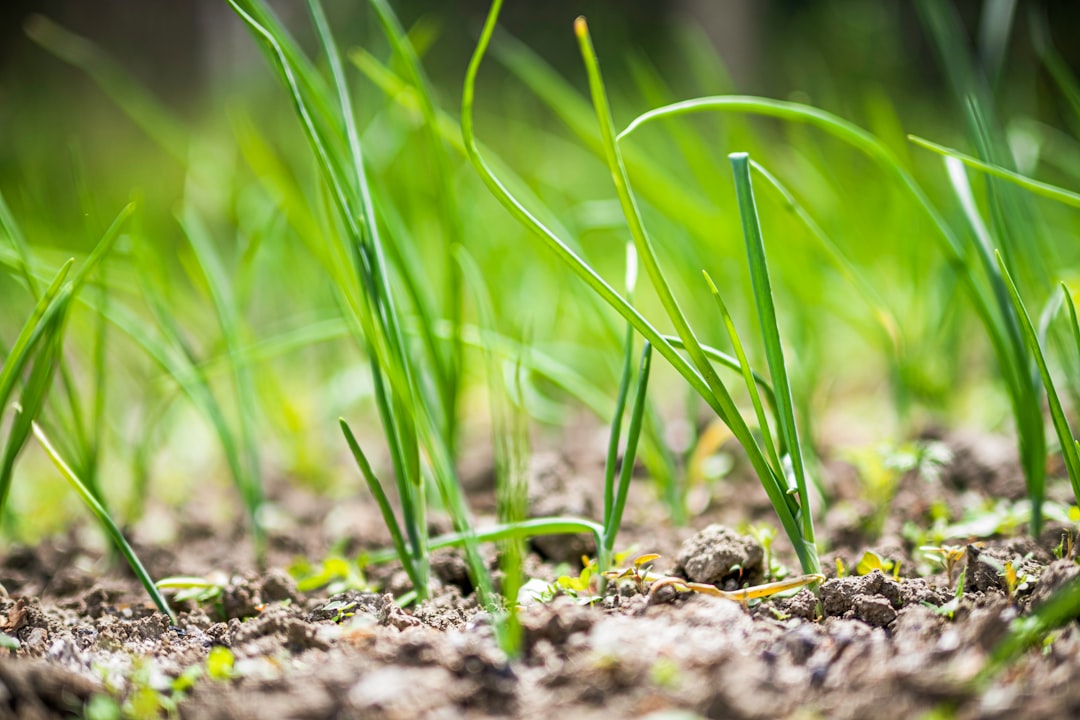Unveiling the Secrets of Twisted Lipstick Plant Care

Houseplants have become an integral part of modern living, adding a touch of nature and beauty to our indoor spaces. Among the numerous houseplants available, the twisted lipstick plant stands out with its unique appearance and relatively easy - care requirements. In this guide, we will delve into every aspect of caring for this fascinating plant, from watering to propagation and fertilizing.
Watering the Twisted Lipstick Plant
Proper watering is crucial for the health of the twisted lipstick plant. This plant prefers a consistently moist but not water - logged environment. Over - watering can lead to root rot, which is a common problem among many houseplants. To water the twisted lipstick plant correctly, you should check the top inch of the soil regularly. If it feels dry to the touch, it's time to water. Use room - temperature water, as cold water can shock the plant. When watering, pour the water slowly around the base of the plant until it starts to drain out of the bottom of the pot. Make sure to empty the saucer beneath the pot after watering to prevent the plant from sitting in standing water.
Temperature and Humidity
The twisted lipstick plant thrives in warm and humid conditions. It prefers temperatures between 65°F and 75°F (18°C - 24°C). Avoid placing the plant near cold drafts, such as open windows or air conditioning vents, as sudden temperature changes can stress the plant. To increase humidity around the plant, you can use a humidifier, place a tray of water near the plant, or group it with other houseplants. Misting the plant occasionally can also help, but be careful not to over - mist, as this can lead to fungal diseases.
Light Requirements
Light is another important factor in the care of the twisted lipstick plant. It needs bright, indirect light. Direct sunlight can scorch the leaves, so it's best to place the plant near a window with a sheer curtain or in a well - lit room away from direct sun rays. If you notice that the plant's leaves are turning yellow or the growth is stunted, it may be getting too much or too little light. Adjust the plant's location accordingly.
Propagation
Propagating the twisted lipstick plant is a great way to expand your collection or share it with friends. The most common method of propagation is through stem cuttings. To propagate the plant, take a 3 - 4 inch stem cutting just below a leaf node. Remove the lower leaves, leaving only a few at the top. Dip the cut end in rooting hormone (although this is optional) and place the cutting in a pot filled with a well - draining potting mix. Keep the soil moist and place the pot in a warm, bright location. In a few weeks, the cutting should develop roots, and you can then treat it as a mature plant.
Fertilizing
Fertilizing the twisted lipstick plant helps it grow healthy and strong. During the growing season (spring and summer), you can fertilize the plant every two to four weeks with a balanced, water - soluble fertilizer. Dilute the fertilizer according to the package instructions to avoid over - fertilizing, which can damage the plant. In the fall and winter, reduce the frequency of fertilizing to once every two to three months, as the plant's growth slows down during this time.
Pruning
Pruning is an important part of maintaining the shape and health of the twisted lipstick plant. You can prune the plant to remove dead or damaged leaves and stems. Pruning also encourages bushier growth. Use clean, sharp pruning shears to make clean cuts. You can also pinch back the tips of the stems to promote branching.
Pest and Disease Control
Like all houseplants, the twisted lipstick plant is susceptible to pests and diseases. Common pests include aphids, spider mites, and whiteflies. To prevent pest infestations, keep the plant clean and inspect it regularly. If you notice pests, you can use insecticidal soap or neem oil to treat the plant. For diseases, such as fungal infections, make sure the plant has good air circulation and avoid over - watering.
In conclusion, caring for the twisted lipstick plant requires attention to its watering, temperature, light, propagation, fertilizing, pruning, and pest control needs. By following these simple guidelines, you can enjoy a healthy and beautiful twisted lipstick plant in your home for years to come.